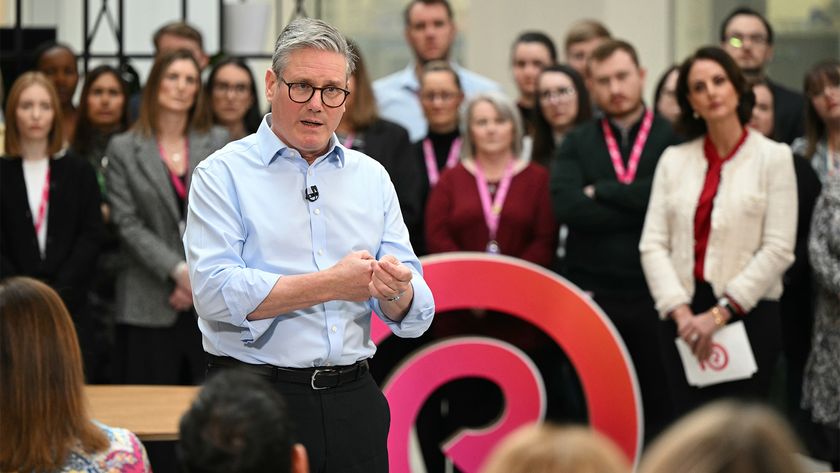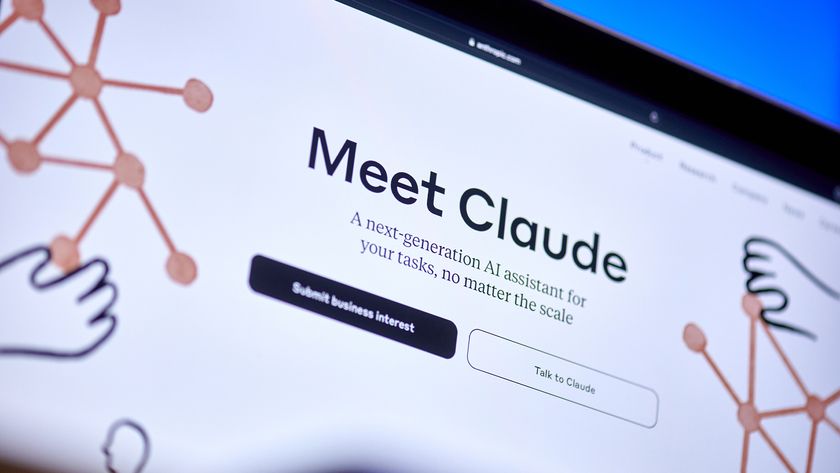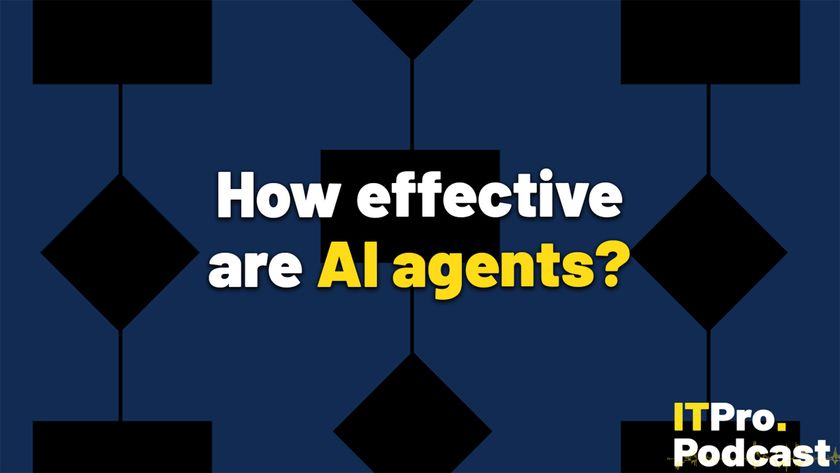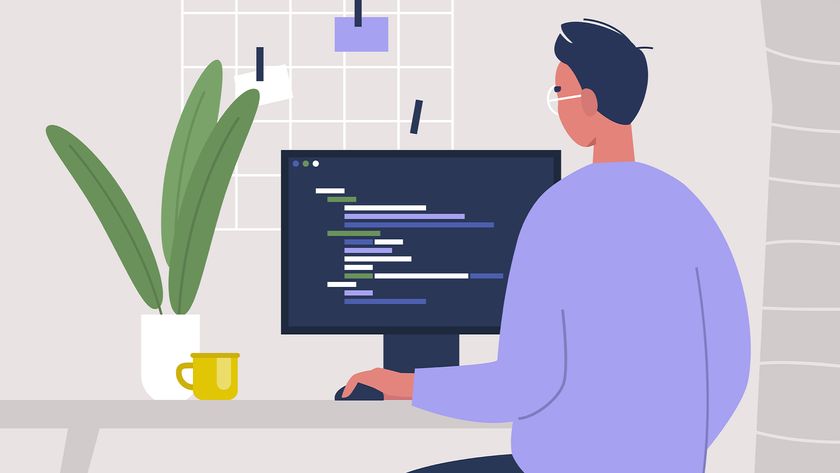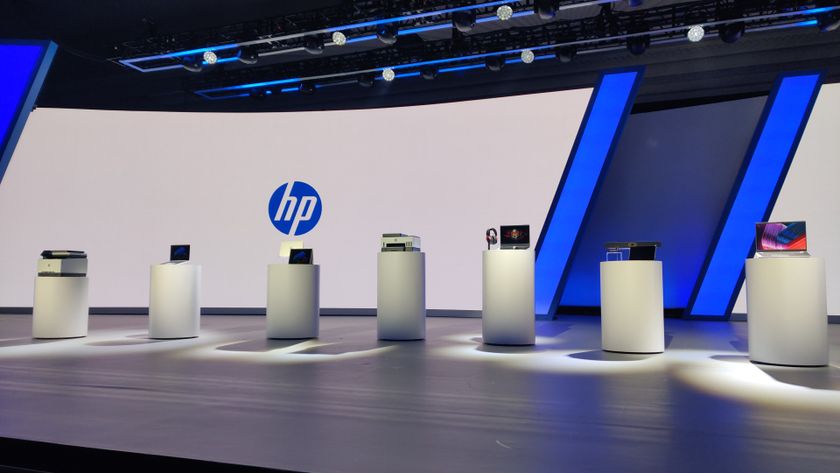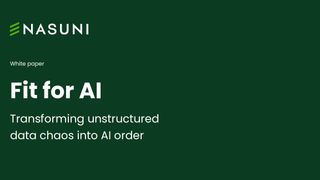Free School Norwich uses the cloud to get out of the classroom
One of the new generation of free schools shows how cloud-based learning can be used in and out of the classroom

How can cloud computing be used to transform the education process? Many schools are looking at the flexibility of the technology and the way that it can be used to support classroom learning.
One of these is the Free School Norwich, one of the first wave of Free Schools set up under the Government's education reforms. Drawing on the Free Schools initiative’s scope for community-based and flexible learning modules, the school is changing the standard model of primary education – both in terms of teaching and the role a school plays in the local community.
Tania Sidney-Roberts set up the Free School Norwich. She had the idea of changing the role of a school, creating one that caters for the needs of ordinary, working parents who cannot afford to pay for after-school care or nannies while they remain at work.
Flexible
This meant creating a school that made the most use of the time available to parents, and catered for its pupils until the end of the working day, for a full 51 weeks of the year. With the vision set, it was clear the Free School Norwich required a powerful and flexible platform that was able to take the education experience out of the school, and allow parents to take an active role in their child’s education without having to book time away from work to do so. Consequently, allowing parents to access the ICT platform remotely and monitor student activity was a must.
Alongside this flexible method of communication, the Free School Norwich aimed to change the way students learn. Sidney-Roberts wanted an interactive experience for the pupils that could truly take the learning experience outside of the classroom. The school therefore needed to be able to access their education applications through a variety of mobile devices, and with a target audience of 4-7 year olds, this process needed to be as fast and easy as possible. Finally, between the contract awarding and the first day of service, there were just six to eight weeks remaining before the school needed the cloud infrastructure up and running to be ready for the first day of term.
To meet Sidney-Roberts’ expectations, the Free School Norwich team worked with a service provider called Civica, whose educational consultation team helped install, test and sign off the CloudBase service within this tight time period, allowing the service to be implemented for the start of term, and the cloud to be working smoothly from day one.
Cloud Pro Newsletter
Stay up to date with the latest news and analysis from the world of cloud computing with our twice-weekly newsletter
On top of this, Civica provided teacher and staff training during the installation period to make sure they were able to fully use the platform from the beginning of the term. The Civica e-learning consultancy service provided builds upon these skills, supporting teachers and staff as they grow with the service.
CloudBase is a single, online environment that allows pupils and staff to access educational applications quickly and easily, regardless of location. The flexible service allows for collaboration, not just between staff and pupils but also with parents.
The platform provides three main areas of support for children, staff and parents. In the classroom safe internet access is provided for pupils in order to complete homework and activities outside the classroom. Staff can plan lessons, access records and monitor individuals through a shared database. Parents have access to the platform to monitor student activity.
The core components are: SharePoint, that provides the communication, collaboration and integration layer of the learning platform and ePortfolio that helps learners to recognise progression and present evidence back to their teachers. Teachers are able to track student progression, provide ongoing feedback and continually assess an individual’s learning pathway.
Email is provisioned through Microsoft Office 365 accounts, accessible through the same, single login. Through Office 365 students can access online versions of Word, Excel and PowerPoint. These applications are available anywhere the students have an Internet connection and do not require locally installed application software.
The cloud-based service also offers free education web application allowing schools to make savings in software costs.
The school recently installed a tracker system that will allow parents to check up on their child’s attendance, their progress in lessons, and for any outstanding homework that may need completing! Finally, Civica’s managed service desk supports the CloudBase service remotely, allowing the school to call upon Civica’s expert technical support services at any time.
“Civica CloudBase offers the whole school community (parents, pupils, staff and governors) the opportunity to interact with the school at any time of day or night, from anywhere in the world,” said Sidney-Roberts. “The school is never closed, as it has a cloud.”
“We were extremely pleased with the smooth installation and running of the CloudBase system, considering the scale of the project, as well as with the level of support we have received. Staff in particular are impressed with the single sign-on capabilities of CloudBase – which allows them to access all apps/software on the cloud without having to memorise multiple login details,” she added.
Another benefit of the cloud-based educational system is that the school has been able to support a few of their pupils off school, on long-term sickness, by setting work on the cloud which the pupil can access; teacher and pupil have been able to communicate and parents have been able to review, communicate and be actively involved in their child’s learning.
The Outcome
Civica has worked with The Free School Norwich team to achieve their vision of a 21st century school within just 6-8 weeks, providing a full service and platform, as well as onsite floor walking support for the school after two weeks. The school has seen a tremendous level of support from staff, who are using the service to support academic outcomes, as well as from pupils and their parents.
The Free School Norwich is now planning to open a new secondary school and possibly a second primary school which they would want all three to access a high level trust cloud and then have an individual school cloud solution which they could communicate to each other on.
Rene Millman is a freelance writer and broadcaster who covers cybersecurity, AI, IoT, and the cloud. He also works as a contributing analyst at GigaOm and has previously worked as an analyst for Gartner covering the infrastructure market. He has made numerous television appearances to give his views and expertise on technology trends and companies that affect and shape our lives. You can follow Rene Millman on Twitter.

